Upgrading the motherboard is not a regular maintenance check, it is necessary only when you’ve authenticated it as the cause of some malfunctions within your computer.
Every time I have had to replace a motherboard, these were the situations that necessitated the need to get a new motherboard:
- If it is physically damaged, such as due to liquid spills, accidental drops, or other forms of physical damage.
- If it is no longer functioning properly, such as if it experiences frequent crashes or freezes, or if it fails to start up.
- If you want to upgrade to a newer or more powerful motherboard that provides additional features or improved performance.
- If you are building a new computer and need a different motherboard to meet your specific needs.
- If the compatibility with new hardware, such as a new graphics card or memory, requires a different motherboard.
Nonetheless,
This article is a comprehensive guide on everything you need to know about motherboards and their welfare
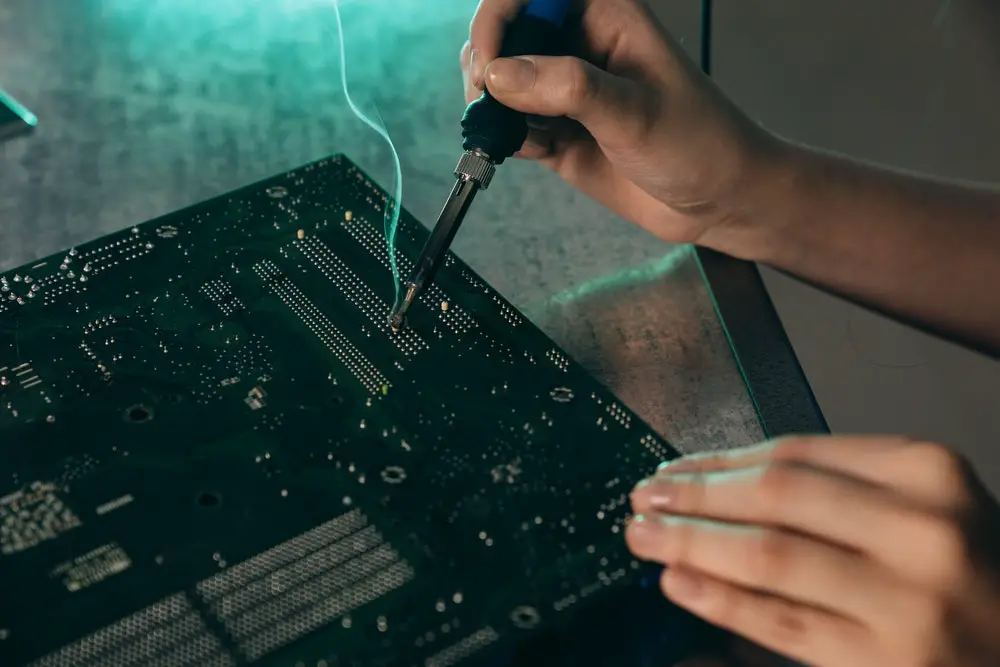
10 Ways To Know When You Need To Change Your Motherboard
Deciding whether or not to replace your motherboard isn’t an easy call. You’ll have to remove all of your various components and then swap them out over the new board.
You’ll also need to reinstall operating systems and any software that may be affected by your new motherboard’s changes. With all that said, sometimes replacing a motherboard is necessary. If you’re unsure as to whether you should make the leap, here are ten reasons why it might be worth it:
1. You want to build a new computer.
If you’re building a new computer, there’s no way around it—you’re going to need a new motherboard. You’re going to buy one of those anyway, so why not upgrade now? You won’t be able to reuse your old CPU (central processing unit), RAM (random access memory), or storage devices like hard drives or solid-state drives.
The only way you could reuse those components is if they were compatible with whatever motherboard you were buying, but that doesn’t mean it’s worth saving the money by purchasing an older model.
When looking for motherboards, look for options with built-in Wi-Fi and Bluetooth connectivity so that you don’t have to buy extra adapters or cards.
This is especially helpful if your case has limited space inside; such a device will allow all of your cabling between devices and ports on the backside of the PC tower case instead of having them sticking out everywhere making things look messy at best or unsafe at worst!
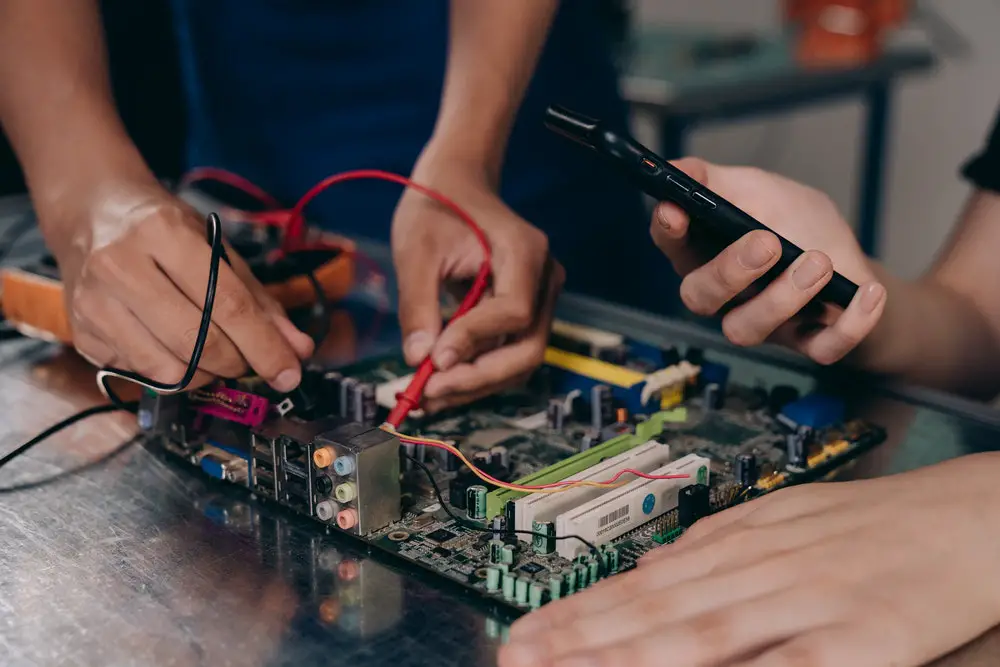
2. Your computer is under warranty and you don’t want to risk voiding it.
If you’re under warranty, the last thing you want to do is void it. The last thing you want to do is damage anything on your computer. And if your motherboard goes kaput, that’s most likely going to cost more than replacing your entire system.
So if you’re in this situation, then don’t worry! You can still upgrade while keeping your warranty intact. Just check out our guide on how to replace a motherboard without voiding the warranty first—then go forth and make upgrades!
3. Your motherboard manufacturers release an updated model for your current socket type with superior features.
It’s important to remember that there are always new models available. If you’re in the market for a new motherboard, it makes sense to look at the latest and greatest motherboards that your current socket type has to offer.
A lot of manufacturers will introduce updated models on an annual basis, and these can often be found with superior features compared to older models. For example, if you were looking at buying an Intel LGA1151 motherboard (the socket standard used by CPUs based on Intel’s Kaby Lake architecture), one might choose between a Z270 or X299 chipset model.
The difference? The latter supports up to 3 PCIe 3.0 lanes per M.2 slot instead of just 2 PCIe 3.0 lanes, which means it can handle more storage devices (such as NVMe SSDs) without sacrificing anything else (such as USB ports).
4. You have upgraded your computer in other ways, but the motherboard’s features aren’t enough to support the upgrades.
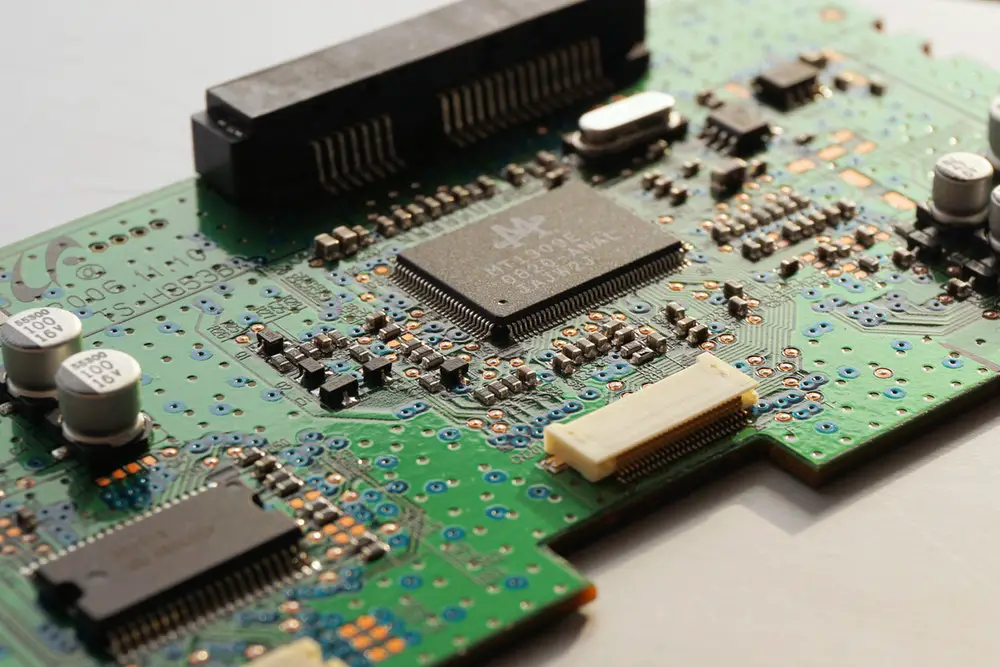
If you have upgraded your computer in other ways and are still eyeing the motherboard as a problem, then it may be time for an upgrade. For example, if you want to upgrade your RAM or storage space, then you may need a new motherboard.
If you want to upgrade your monitor size and resolution (like when going from 1080p to 1440p), then again, this might require an upgrade of the main board. Finally, if you are looking to get a graphics card that is below the limit of what’s currently supported by your computer’s CPU/GPU combo, then again: time for an upgrade!
5. You are attempting to overclock your existing components, and find the motherboard doesn’t support higher speeds.
Overclocking is a way to get more performance out of your computer by increasing the frequency at which hardware components operate. It’s not for everyone, but there are some people who enjoy pushing their hardware to its limits and seeing what happens.
If you’re a gamer or just someone who likes having the fastest and most powerful setup possible, overclocking may be something that interests you.
However, there are several reasons why you shouldn’t overclock your current components:
- Overclocking can damage your computer. This is especially true if you don’t know what you’re doing, as heat buildup and other issues can result in permanent damage to components like CPUs or GPUs.
- Overclocking voids warranties on many types of hardware—if something goes wrong while overclocking (and it probably will), then it will be up to the consumer whether they want to try fixing an issue without any help from the manufacturer or manufacturer-approved service provider (such as Apple).
6. You need more RAM or storage than your current motherboard supports.
If you want a motherboard that supports more RAM modules, more storage devices, larger storage devices, and other types of interfaces for your storage devices (e.g., SATA 3), then you need to upgrade your motherboard.
For example: if your current motherboard only supports 16GB DDR4 RAM modules and the next generation of CPUs support 32GB DDR4 RAM modules, then you will definitely want to upgrade your motherboard so that you can take advantage of these newer technologies.
7. You want to install a high-end video card and find that the motherboard doesn’t meet its minimum requirements.
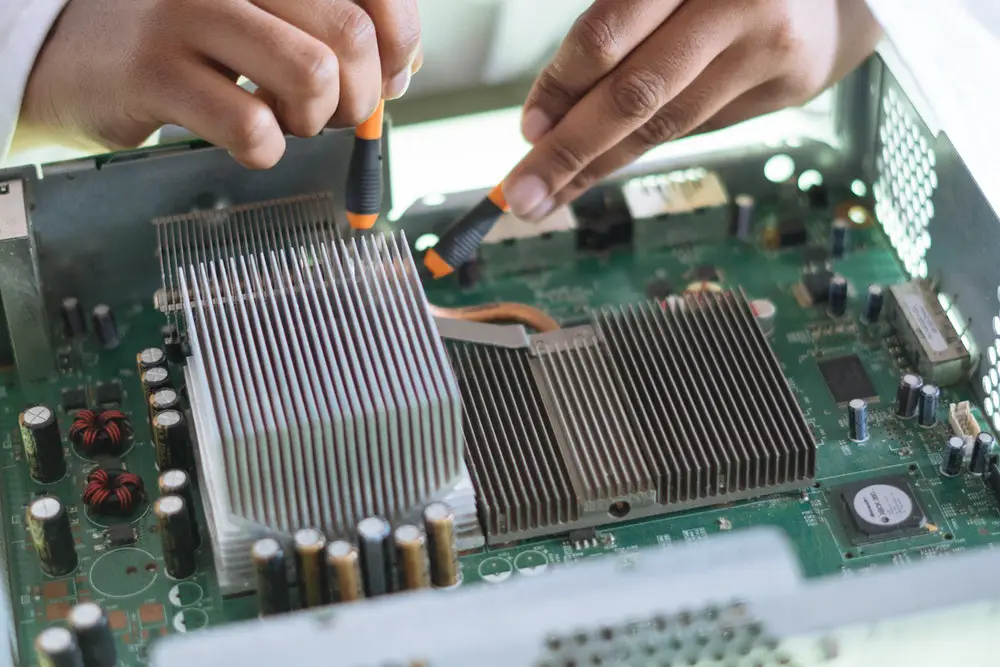
For example, if you have a built-in or external sound card and you want to upgrade your computer’s sound system, you may need a motherboard with an audio chipset that supports the audio formats your sound card uses. Some motherboards support more than one type of graphics card so that users can swap out their video cards as they become obsolete in favor of newer models.
The ideal motherboard should also have different ports on the back (and inside) of it so that users can easily connect their devices without having to remove other components first—or having to disconnect everything when they want only one part replaced!
8. Your power supply is too weak for your current components and you need a more efficient one.
The power supply is the most important part of your computer. It is what supplies the power to your components, and if it does not have enough wattage for your components then you may have problems with them not working properly.
The wattage range that you need to look for in a new PSU depends on how many graphics cards you have and what type of graphics cards they are. If you have more than one GPU, both of which require a lot of power, then you will probably want to go with at least 400 watts just so that there are no issues when running games or doing other high-demand tasks on your computer.
9. Your current motherboard only supports a single graphics card, and you wish to use multiple cards for increased performance.
If you’ve got a single-graphics card setup, and you want to get more performance out of your computer, adding a second or third graphics card is an option. The only catch is that you need a motherboard that supports multiple GPUs.
If you’re looking for such an upgrade, there are some things to consider:
- What kind of graphics cards do I want? There are three main types of graphics cards: integrated (included with the CPU), discrete (stand-alone), and hybrid (a combination of both). You can learn more about these here.
- How many slots does my current motherboard have? Most motherboards will have at least one PCI Express x16 slot for attaching a graphics card using 16 lanes of data transfer per second each time it gets used; however, some motherboards may have up to three expansion slots for connecting multiple GPUs. If this sounds like what you’re looking for in your next computer build, keep reading!
10. You need better cooling for your CPU or GPU
You need better cooling for your CPU or GPU than your existing CPU fan or air cooler provides, and you find that only some motherboards can work with liquid coolers.
Liquid cooling is more efficient than air cooling. It uses less power to achieve the same amount of cooling, and it transfers heat much more quickly. This means that your computer will run faster and more quietly—and if you’re overclocking, a liquid cooler may help you reach higher clock speeds without melting your chip.
Liquid cooling has one other huge benefit: it’s more reliable than air cooling because there are fewer moving parts (you don’t have fans spinning all over the place). If using an air-based system fails, there’s no guarantee that replacing any individual component will solve the problem; it could be something as simple as dust clogging up a fan’s blades from inside the case.
With liquid-cooling systems, however, most problems result from leaks around tubing connections—and these leaks can usually be easily fixed by tightening connections or adding new ones where necessary.
What Damages a Motherboard?
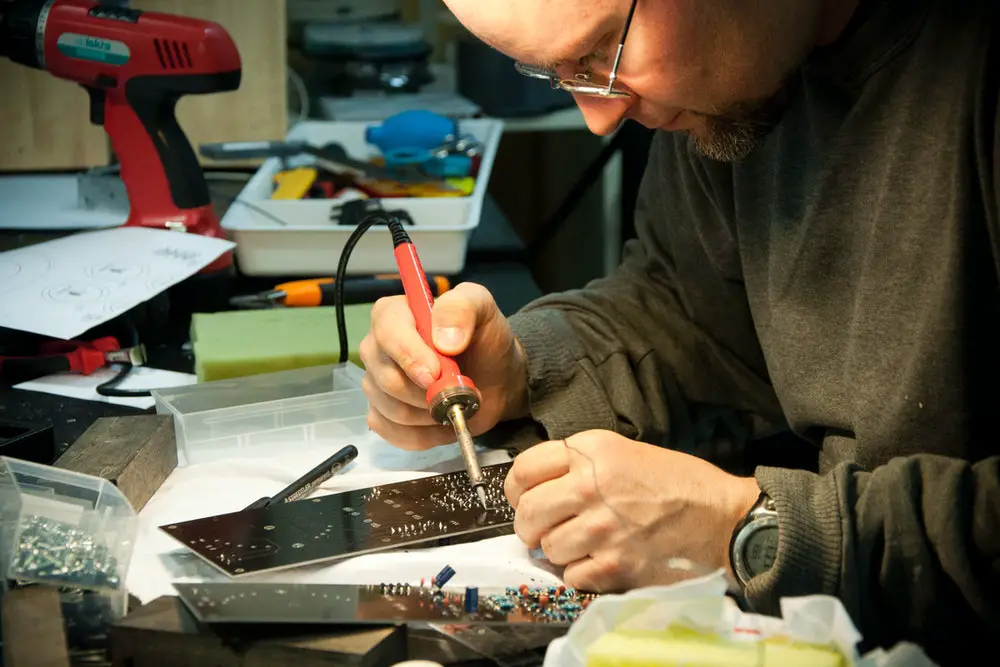
A motherboard is one part of a computer that is almost immortal. With proper maintenance, a motherboard can last up to two decades and remain in proper shape.
However, its life span may not even exceed ⅓ of that if exposed to manhandling or mismanagement. Damage to the motherboard can be prompted by human activities as well as environmental inconveniencies.
Now, what damages a motherboard?
- Overheating: This is the most common course of damage to the motherboard. The motherboard emits heat when operating, therefore all the cooling fans have to be on to reduce the heat.
The motherboard needs maximum ventilation because a high surge of heat spells definite doom for the motherboard capacitor.
- Mishandling: Computers should not be exposed to force or heavy load. Physical damage to a computer reduces the lifespan of both the motherboard and the entire system. Avoid dropping, smacking, and spilling fluids on your computer.
Excessive dust in the PC’s vent can also damage the motherboard. For this reason, it is necessary to always clean out the air panels after a three-month interval. It is recommended that this cleaning should be done by a professional, if you do it yourself, you run the risk of causing further damàges while trying to solve one.
- Power eruption: Power surges can cause severe damage to a motherboard, in some cases, the motherboard might even explode. These surges could emanate from either electrical spikes or even lightning. Endeavor to turn off your computer when there is a heavy downpour or a heavy power surge.
- Improper installation: If the CPU, RAM, or any other hardware is not properly installed, the motherboard is likely to get damaged after some time. Unfortunately, an installation error may not be detected until after the harm has been done. It is advised that you carefully inspect all installations after the work is done.
- Old age: A motherboard can last for years unending, but that does not mean it won’t bow out eventually. A motherboard will cease to function when its lifespan elapses, however, before it finally shuts down, it displays symptoms such as overheating. An old motherboard can only be replaced, not repaired.
Related: What Is MSI Game Boost
The Benefits of a New Motherboard
Since motherboards determine the quality of a computer’s overall performance, it is necessary to invest in a decent motherboard. When replacing a motherboard, go for a higher version than the one previously used, to enjoy optimal benefits, such as:
- Improved efficiency: To enjoy maximum performance, do well to invest in good quality. High-level motherboards may seem expensive, but, with careful evaluation, you’d realize that it is worth every inch of the price. Not only do you get better heat sinks, but there are more USB ports, more RAM slots, and more PCI lanes as well.
As a gamer, a high-standard motherboard is just about all you need to fully maximize all the thrills of the digital world.
- Improved compatibility: A new motherboard of higher quality allows you to connect to peripherals such as processors, ports, graphic cards, and any other that utilizes USB technology.
- Speed: Improved speed is the major benefit of an upgraded motherboard. The speed rate of operations within the computer is doubled; data transfers are executed at breakneck speed, the RAM is also boosted, and the CPU speed is heightened.
Nevertheless, the speed of a motherboard varies from brand to brand. The speed of a $100 motherboard cannot be compared to that of a $250. Do you want more speed? You got to put in more money.
Phone Motherboard vs PC motherboard
Just like in the PC, a smartphone’s motherboard is the brain behind everything in your phone. It is the brain of the phone that facilitates all operations within the phone.
As expected, a phone’s motherboard is relatively smaller than that of a PC, regardless, it requires just as much care and maintenance as that of the PC.
A smartphone’s motherboard is also susceptible to damage, and it also, if the repair was not done by a professional, the symptoms would resurface in no time.
Oftentimes, the internal damage caused by a defective motherboard may be so severe that the only other alternative would be to get a new phone.
A major reason why the motherboard on a PC is easier to repair than that of the phone is the build.
A PC’s motherboard has different sockets for its different components, thus making it easy to replace a defective piece. A smartphone’s motherboard, on the other hand, is a compacted logic board and all its components are soldered on.
How to Replace a Motherboard [Watch Step By Step Video Guide]
Replacing a motherboard may not be rocket science, but it is also tasking and does require utmost caution, especially if it is your first attempt. You may choose to call in a pro to fix it for you, however, you might just save yourself some costs and troubleshoot it yourself.
On a PC
- Ensure that it is shut down.
- Disconnect all the cords and hardware attached to the PC.
- Proceed to open up the computer case.
- Graphics cards and wifi cards should be the first items you pull out of the motherboard, the interface cables follow next
- Unhook both the 8-pin CPU power connector and the 24-pin ATX power connector. These are located at the top and left sides of the motherboard respectively.
- Unscrew the old motherboard screw with a Phillips head screwdriver.
- Carefully remove the CPU, CPU cooler, and RAM.
- Take out the old motherboard
- Reconnect the CPU, CPU cooler, and RAM to the new motherboard before placing it into the case.
- Screw the new motherboard in with the loose screw from the old one.
- Reconnect the power connector and the SATA cables.
- Reinsert the graphic and wifi cards and cover the case.
- Reconnect all the hardware and power on the computer
The computer may reboot itself a couple of times, but, do not panic yet, this is normal. The computer is simply trying to adjust to the new setting. However, if this persists for a prolonged period, you would need to call in professional help.
On a Phone
Troubleshooting your phone’s motherboard by yourself may not be a smart idea, leave that to the pros unless you’re one yourself.
A lot of people argue that buying a new phone is a better option than trying to fix a damaged motherboard.
However, it all depends on the condition of the phone. If all the other parts of the phone (phone cameras, screen resolution, speakers, etc) also have some hiccups, then do not waste your money on a motherboard, simply get a new phone instead
Upgrading Motherboard Without Reinstalling Windows
Gone are the days when we would have to reinstall windows after upgrading the motherboard. Thanks to Microsoft for their immense contributions to technology, windows 10 has halted a lot of inconveniences caused by the need to reinstall windows.
With Windows 10, the OS of the computer acknowledges the new setup and takes some time to process a few adaptable changes. Should there be any problem with the installation, you’d be directed to the windows activation troubleshooter to complete a few steps to get your computer running
- First, you would need to click the start button and click update security.
- Locate the ‘Activation’ option on the left side of the Windows and click it.
- From the screen that displays click on troubleshoot.
- Ignore the message that says windows can not be activated, proceed to click on ‘I changed hardware on this device recently.
- You’d now be required to log in to your MS account.
- Once you’ve logged in you can now activate your windows.
Voila, you are all set.
Related: How to Install Gigabyte Motherboard Drivers
Do you have to Change the CPU after Upgrading the Motherboard?
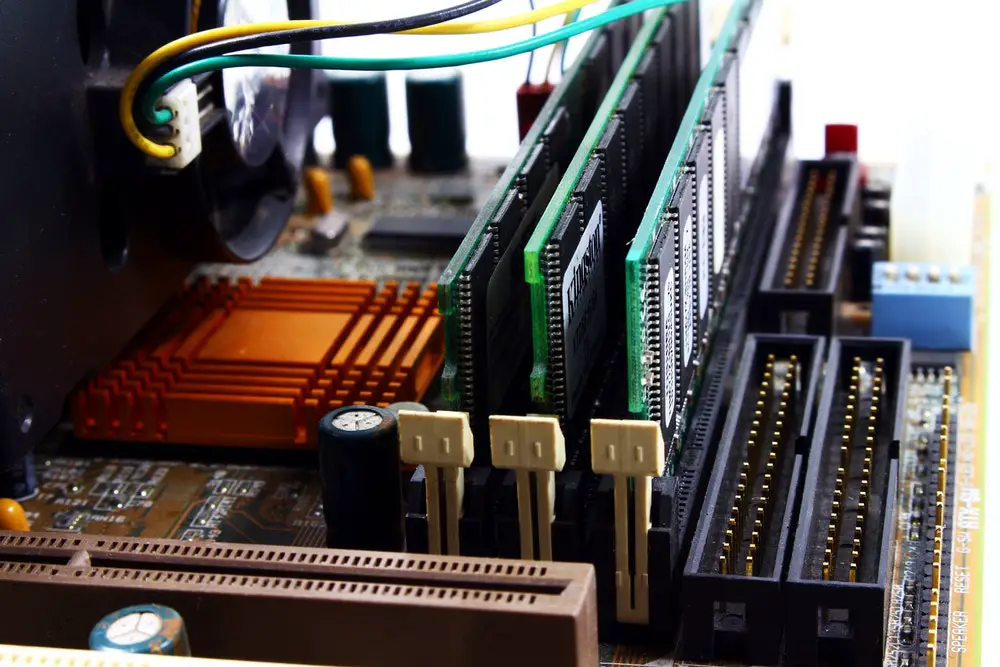
So long as your central processing is still in good working condition, there is no need to change it after upgrading your motherboard. However, most techies prefer to replace an old CPU rather than renew it.
Upgrading one’s processor enhances the speed and efficiency of one’s computer. There’s hardly a downside to renewing both CPU and motherboard, except the cost. Upgrading the CPU does not affect your window license either, all your data remains intact.
If your CPU begins to malfunction, you could easily troubleshoot by uninstalling and swapping with a new one with the same model, an upgrade is hardly needed.
While upgrading the motherboard of a computer boosts its speed and overall performance, it is also important to note that a motherboard is not capable of running an entire computer system on its own.
It needs other peripherals to function fully. Therefore, after upgrading the motherboard, it is important to also check the welfare and working conditions of these other components to ensure smooth performance.
Conclusion
Upgrading your motherboard should be your last resolve, having exhausted all other options. Aside from the cost, there are basically no downsides to upgrading one’s motherboard.
A computer is not the only device powered by a motherboard, the motherboard is present in almost every electronic device and it varies in size. A PC’s motherboard is bigger and more power-intensive than that of a smartphone.
Motherboards like other computer peripherals are susceptible to malfunctions and defects, and while it is possible to troubleshoot your motherboard yourself, it is highly recommended that you let the pros do their job.

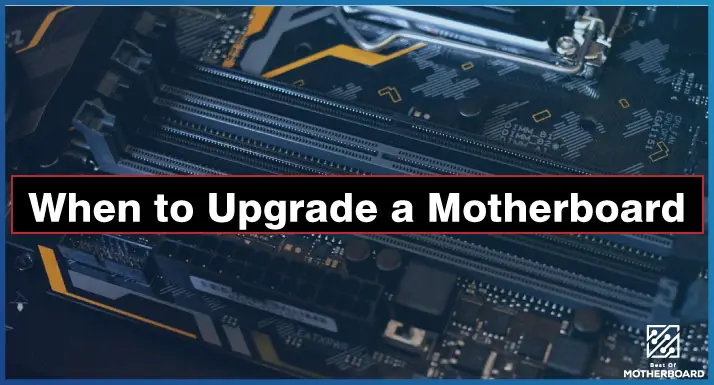
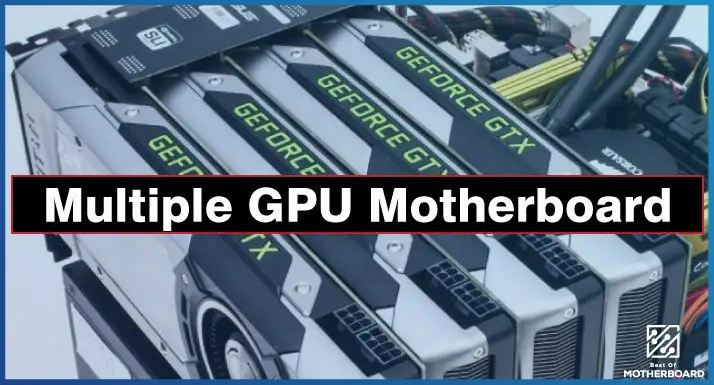
![What Are Motherboard Standoffs? [Guide] 10 What Are Motherboard Standoffs](https://bestofmotherboard.com/wp-content/uploads/2022/01/What-Are-Motherboard-Standoffs.jpg)
![Does it Matter Which PCIe x16 slot I Use? [Guide] 11 Does it Matter Which PCIe x16 slot I Use](https://bestofmotherboard.com/wp-content/uploads/2022/01/Does-it-Matter-Which-PCIe-x16-slot-I-Use.jpg)